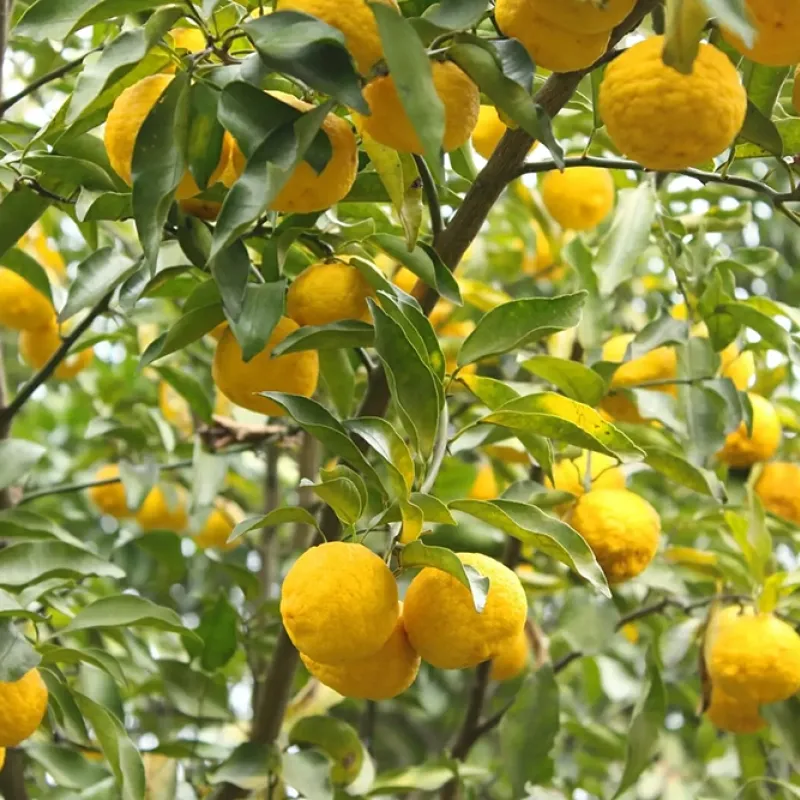Out Of Stock
Citrus hybrid (Citrus junos) YUZU
0.00€
Ex Tax: 0.00€
- Stock: Out Of Stock

